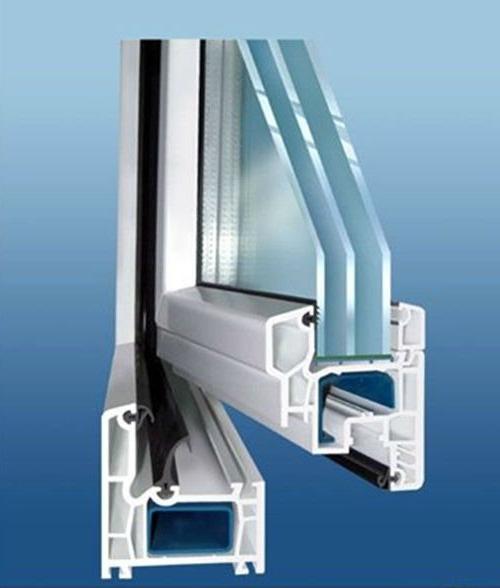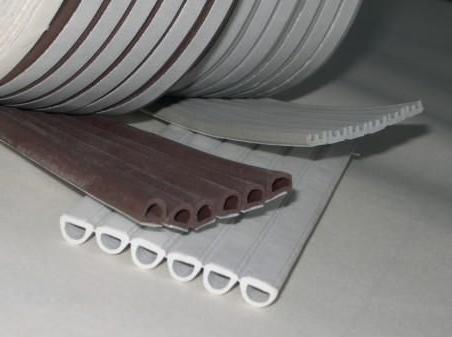Any repair begins with the leveling of the walls and theirrough finish, which implies plastering of surfaces or use of drywall, and in wet areas of gypsum fiber, sealing of cracks with putty and finishing putty. How to determine the unevenness of walls? It is enough to apply a wooden block along the wall and pay attention to those places where it does not come into contact with the wall. Where the distance is more than 5 cm, plastering is necessary. If the wall is very uneven, it is better to cover it with drywall sheets, this will avoid too dirty and hard work, in the same case, when minor adjustments are required, produce plaster. For work use either a cement-sand mortar, or a gypsum mixture. However, it should be remembered that gypsum coating is not very reliable, especially in places where the wall is subjected to vibration. Therefore, it is used, as a rule, only on surfaces from gypsum and for finishing finishing.
How to plaster the walls? The work is carried out in three stages.
1. Surface preparation.Begin work should be with the removal of old coatings, cracked plaster. On concrete smooth walls make notches to ensure better adhesion of the mortar to the wall. Then the surface cleared of dust and dirt is primed with a special solution, dried. Before applying a sand-cement mixture, the wall is wetted with water to prevent possible swelling of the coating.
2. Preparation of plaster solution.In accordance with the instructions on the package, mix the solution. If the work is to be done on large surfaces, the guiding wooden planks are pre-packed on the walls, which will set the desired plane to the coating, and also prevent possible peeling of the solution. Instead of laths use also a metal grid.
First, the solution is "thrown" on the wall with flat cakesat a distance of 50 cm from each other. After aligning the rule (a long wooden bar), which is carried along the wall, and determining the correct thickness of the layer, the beacons are dried. After that, apply a layer of plaster, which should be a little thicker. To ensure that the coating does not fall off during drying, its thickness should not exceed 2-3 cm. If necessary, it is better to put several thin layers of plaster, each pre-drying.
3. A few hours after the application of the solution with special tools (a wide spatula), the surface is ground, the possible flaws and unevennesses are leveled out.
How to plaster brick walls?
The technology of plastering walls from brick hasa number of features. First, do not apply a leveling coating on the fresh masonry, as it will necessarily shrink and cracks appear on the wall. Secondly, it is necessary to plaster the brick walls only with reinforcing mesh, which will allow relatively easy to level the surface. The mesh is laid on the previously applied layer of mortar, pressed into it and the reinforcement is dried well. Only after this, plastering works are done: installation of guide rails, beacons, application of a layer of cement-sand mixture.
How to plaster the walls with gypsum composition?
Gypsum plaster is used, asusually for finishing or for plastering gypsum-fiber boards in damp areas. A characteristic feature of it is a quick grasp, so the composition is diluted and applied in small portions. It is better to use the spraying method on the wall and further leveling. The thickness of the layer should not be more than 1.5-2 cm.
How to plaster the walls with decorative plasters?
Special plasters forlime-sand, terrazite or stone base are used exclusively for decorative decoration of walls or ceilings. To apply them is very simple, for this use a spatula or even a regular broom, which is lowered into the solution, and then, patting it on the wall, "poke" a layer of plaster. The decorative surface is also created with the help of special relief rollers, which are carried out on a damp plaster wall, giving an original texture to the coating.












